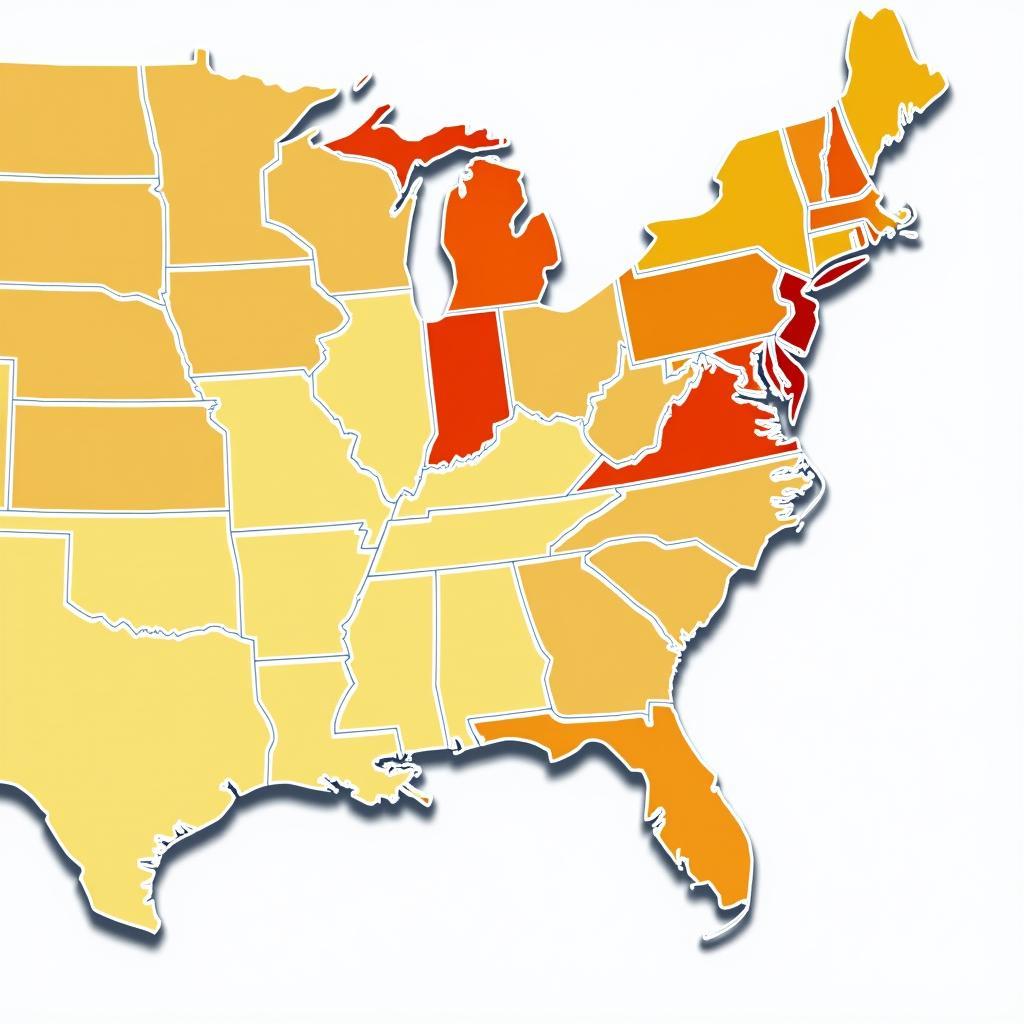Exploring African American Vernacular English: Features, Evolution, and Educational Implications
African American Vernacular English (AAVE), often referred to as Black English or Ebonics, is a distinctive and dynamic dialect spoken by millions of Black Americans. Far from being simply “incorrect” English, AAVE possesses unique grammatical structures, pronunciation patterns, and vocabulary that have evolved over centuries, reflecting a rich cultural heritage and social history. Understanding the features, evolution, and educational implications of AAVE is crucial for dismantling linguistic prejudice and fostering inclusive learning environments.
Delving into the Distinctive Features of AAVE
AAVE distinguishes itself from Standard American English (SAE) through a range of linguistic features that impact pronunciation, grammar, and vocabulary. Let’s delve into some key characteristics:
- Phonological Features:
- Consonant cluster reduction: “Desk” becomes “des,” and “test” becomes “tes.”
- Interdental fricative substitution: “Th” sound in “this” or “that” is often pronounced as “d” or “f.”
- Deletion of final consonants: “Hand” may become “han,” and “cold” might become “col.”
- Grammatical Features:
- Copula deletion: The verb “to be” is often omitted in present tense sentences, such as “He tall” instead of “He is tall.”
- Habitual “be”: AAVE utilizes “be” to indicate habitual actions, as in “She be working late” to mean “She usually works late.”
- Negative concord: Double negatives are grammatically correct in AAVE, for instance, “I don’t have no money.”
- Vocabulary:
AAVE boasts a vibrant lexicon with unique slang terms, expressions, and idioms that reflect the cultural experiences and social dynamics of Black communities.
 african-american-vernacular-english-map
african-american-vernacular-english-map
Tracing the Historical Evolution of AAVE
The roots of AAVE run deep into American history, intertwined with the transatlantic slave trade and the experiences of African captives. While the exact origins of AAVE are debated among linguists, two prominent theories prevail:
- The Creolist Hypothesis: This theory posits that AAVE emerged as a creole language during the early colonial period. Enslaved Africans, speaking a variety of West African languages, were forced to communicate with each other and their captors, resulting in the development of a pidgin language that later evolved into a creole, a full-fledged language.
- The Dialect Hypothesis: This theory suggests that AAVE developed from dialects of English spoken by British settlers, particularly those in the Southern United States. Over time, Black communities, geographically and socially separated, developed distinct linguistic patterns influenced by their African heritage.
Regardless of the specific origins, AAVE has continuously evolved, influenced by geographical migration, social movements, and cultural shifts within Black communities across the United States.
Addressing the Educational Implications of AAVE
The recognition of AAVE as a legitimate dialect with its own internal consistency has significant implications for educational practices, particularly in classrooms with diverse student populations.
- Linguistic Prejudice: Educators must challenge the misconception that AAVE is “broken” or “inferior” English. Perpetuating such biases can create communication barriers and negatively impact the self-esteem and academic performance of students who speak AAVE.
- Culturally Responsive Teaching: Recognizing AAVE as a valid language variety allows educators to create culturally responsive learning environments. Teachers can incorporate AAVE literature, music, and cultural references into their lessons, making learning more relatable and engaging for students.
- Code-Switching Strategies: While respecting AAVE, it’s crucial to equip students with the ability to code-switch between AAVE and SAE effectively. This empowers students to navigate different social contexts and academic settings confidently.
 african-american-vernacular-english-in-the-classroom
african-american-vernacular-english-in-the-classroom
Conclusion: Embracing Linguistic Diversity, Fostering Inclusive Education
Understanding African American Vernacular English as a rule-governed, historically rooted dialect is essential for fostering linguistic equity and inclusive education. By recognizing the unique features, evolution, and educational implications of AAVE, educators and society as a whole can move towards dismantling linguistic prejudice, celebrating language diversity, and empowering all students to embrace their linguistic heritage.
FAQs
1. Is AAVE simply slang?
No, AAVE is not just slang. While it includes a vibrant lexicon of slang terms, it is a complete linguistic system with distinct phonological, grammatical, and vocabulary features.
2. Should AAVE be taught in schools?
While teaching AAVE as a separate language might be debated, incorporating an understanding and respect for AAVE in the curriculum is crucial. Educators should address linguistic prejudice and promote code-switching strategies.
3. How can I learn more about AAVE?
Numerous resources are available to explore AAVE further. Linguistic textbooks, academic journals, and online platforms dedicated to language diversity offer valuable insights.
For further assistance, please contact:
Phone: +255768904061
Email: kaka.mag@gmail.com
Address: Mbarali DC Mawindi, Kangaga, Tanzania
Our customer service team is available 24/7 to assist you.

